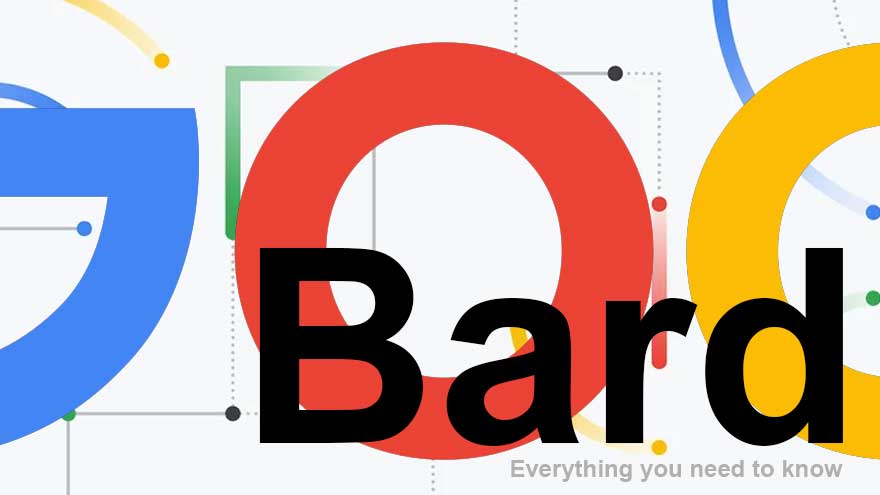The language model Bard is an artificial intelligence (AI) conversational chatbot developed by Google. The Bard language model is considered Google's answer to the recent success of language models such as ChatGPT and Bing. Here is the detailed article on Google AI chatbot Bard.

Google's BARD, which stands for "Better Automated Relevance Detection," is a machine learning-based algorithm that is designed to improve the quality of search results by better understanding the user's search intent.
BARD is specifically focused on understanding more complex, nuanced, and longer search queries and providing relevant results. It uses a deep learning approach to understand the context and meaning behind search queries, using natural language processing techniques to identify relevant results that may not contain exact matches for the search terms used.
By understanding the user's intent, BARD aims to provide more personalized and relevant search results, even for queries that are difficult to interpret. This algorithm is an example of how machine learning is being used to enhance the search experience for users and help them find what they are looking for more efficiently.
Google's BARD algorithm, which stands for "Better Automated Relevance Detection," is an advanced machine learning-based algorithm that has been designed to improve the accuracy and relevance of search results provided by Google's search engine.
BARD is particularly focused on understanding complex, nuanced, and longer search queries that may be difficult for traditional search algorithms to interpret. It does this by using advanced natural language processing (NLP) techniques, combined with deep learning algorithms, to identify the user's search intent.
One of the key features of BARD is its ability to identify and interpret long-tail keywords. Long-tail keywords are specific phrases that users type into search engines to find information on a specific topic. These phrases often contain multiple words, and they tend to be more specific than general search terms.
By understanding the context and meaning behind long-tail keywords, BARD is able to provide more personalized and relevant search results. This is important because long-tail keywords are becoming more important in search engine optimization (SEO) as users become more specific in their searches.
Another key feature of BARD is its ability to analyze search queries and identify synonyms and related terms. This allows BARD to provide relevant search results even if the search terms used in the query are not an exact match for the content on a web page.
For example, if a user searches for "how to bake a cake," BARD can identify related terms such as "baking," "desserts," and "recipes" and provide search results that are relevant to those terms, even if they are not explicitly mentioned in the search query.
BARD also uses machine learning to understand the user's search history and provide personalized search results based on their previous searches. This means that the algorithm can learn from a user's search history to provide more relevant results over time.
Overall, BARD is an example of how machine learning and advanced NLP techniques are being used to improve the search experience for users. By understanding the context and meaning behind search queries, BARD can provide more personalized and relevant search results, making it easier for users to find the information they are looking for.
Overall, Google's BARD algorithm represents a significant advancement in search technology. By understanding the context and meaning behind search queries, BARD can provide more personalized and relevant search results, making it easier for users to find the information they are looking for.